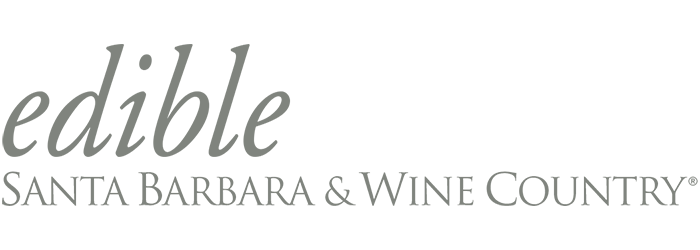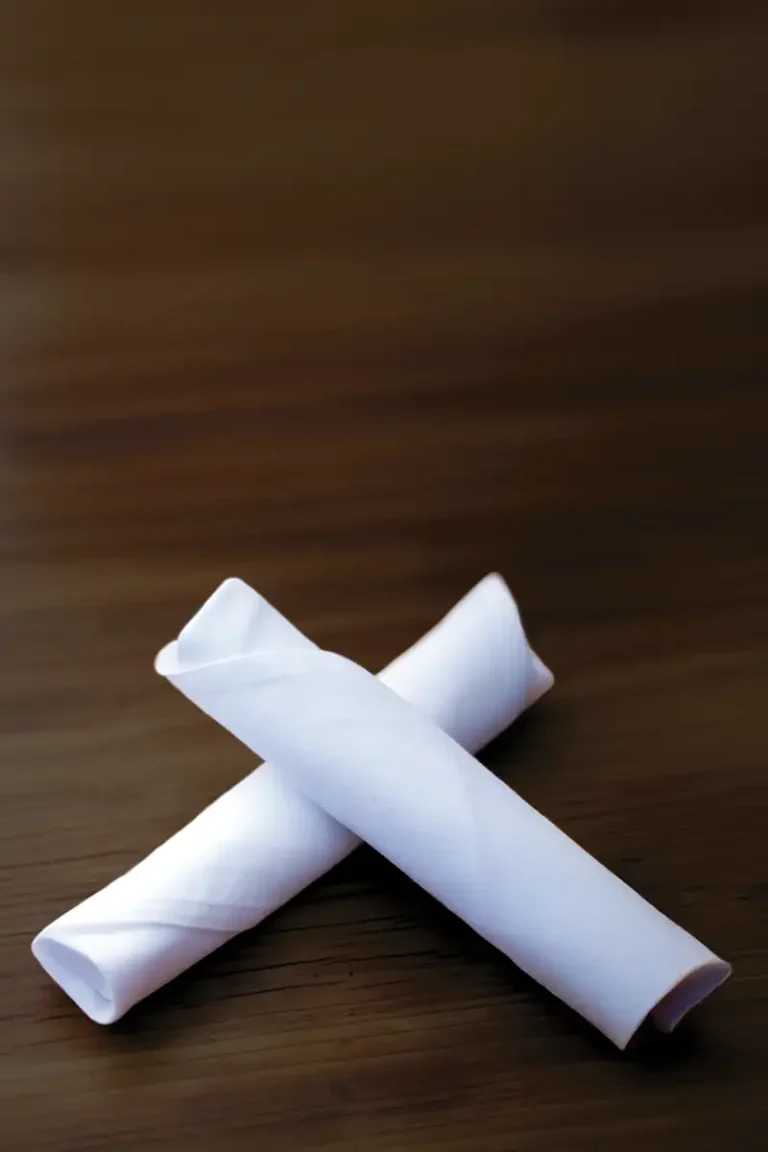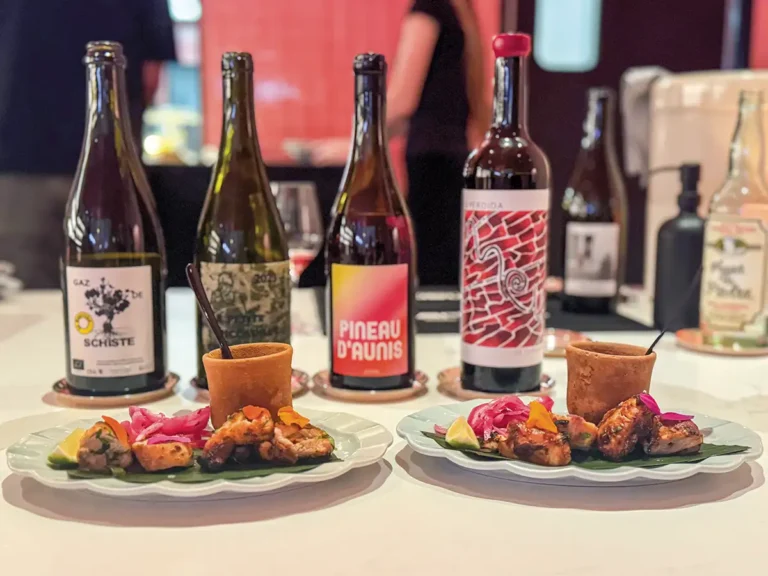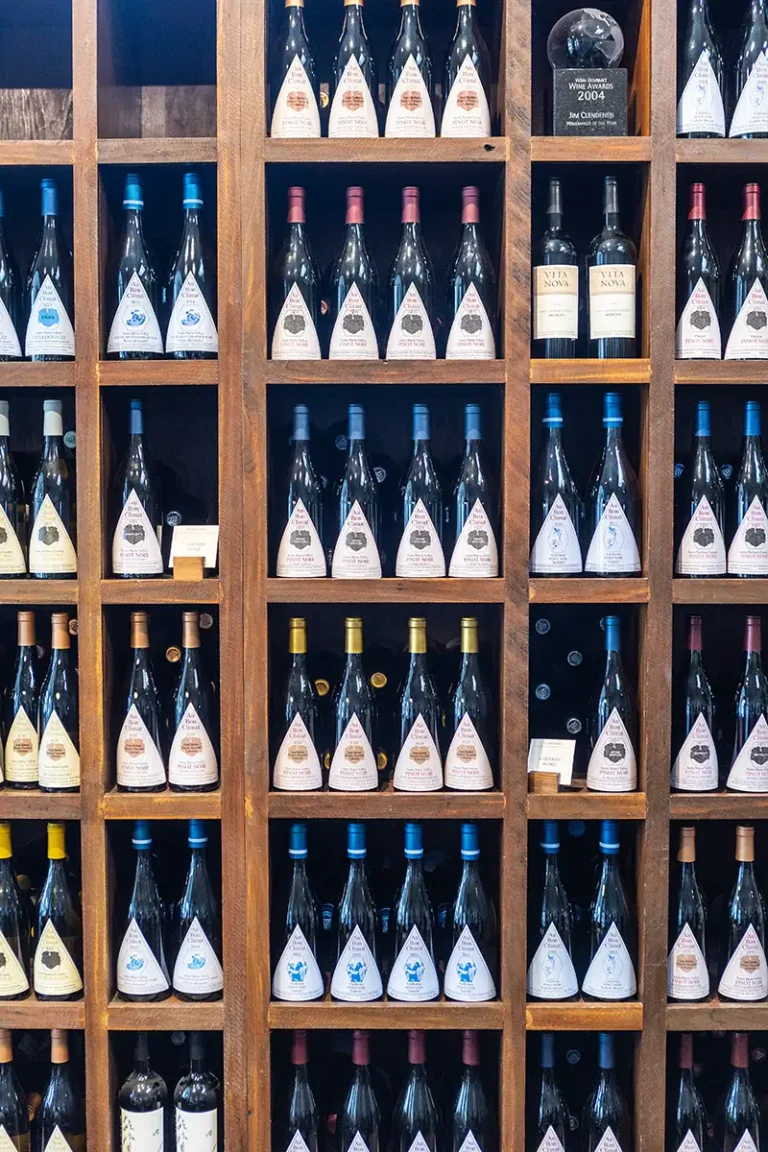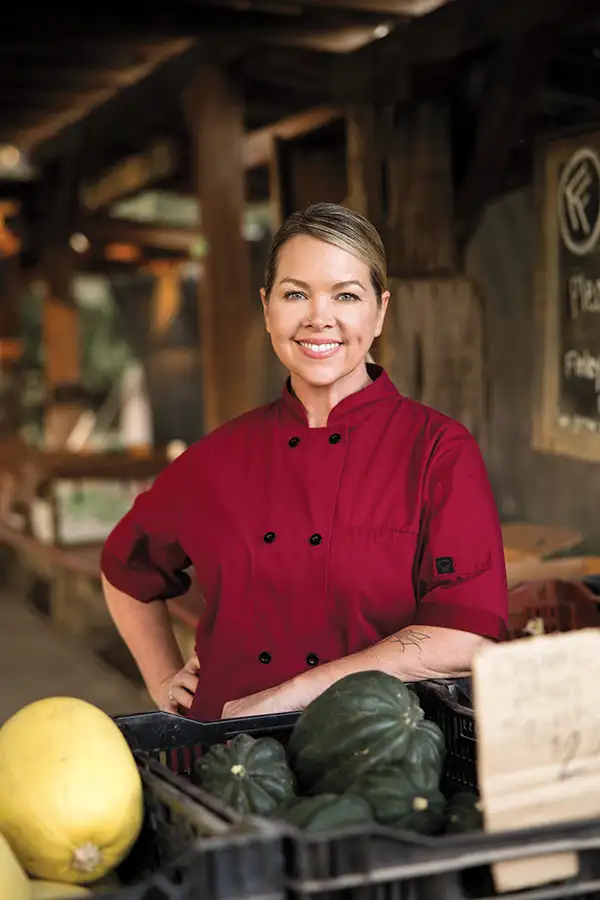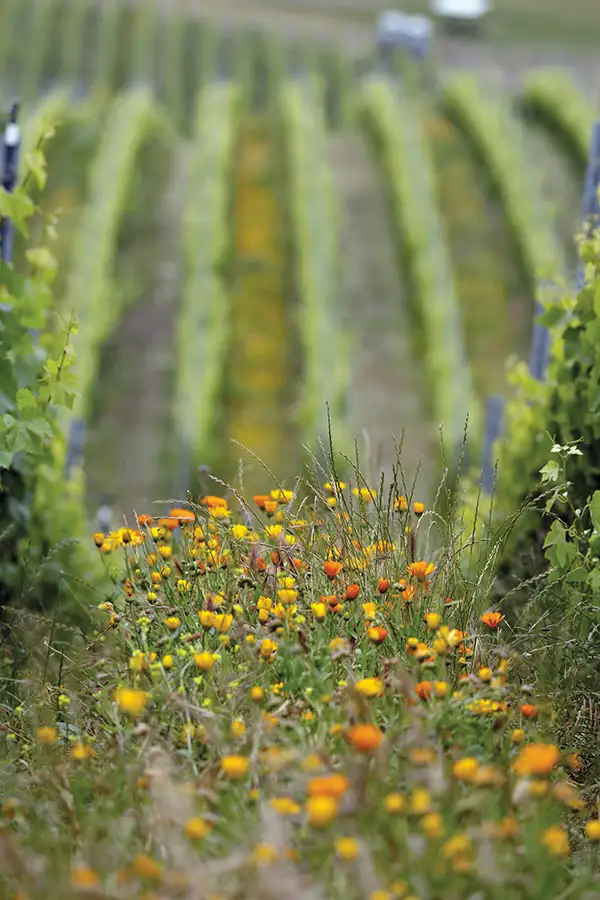Recipes Are Love Letters
Share and connect through our love of food
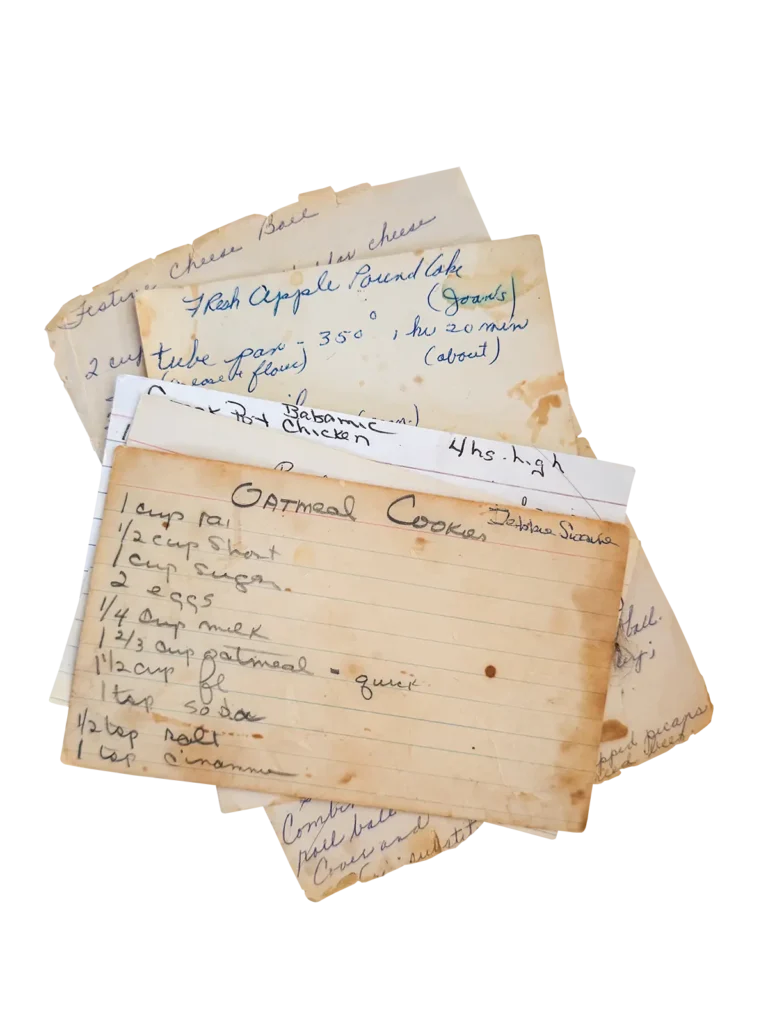
I have to give credit to modern times for introducing me to the concept of a love language. More specifically, defining love to encompass much more than romantic love. Your love language does not have to be words in a well-composed English sonnet, although it can be. It is how you express your care, concern and fondness. Your love language can be “I made this for you,” or “Let me know you got home OK,” or “Have something to eat.”
Asking for a recipe, or sharing one, is its own love language and the recipes themselves are love letters. Especially if it’s one passed down the generations.
My own grandmother made cookbooks in Hong Kong, and my mother put together a collection of her favorite Thanksgiving recipes many years ago to share with me and my brother. She’s currently working on translating some of her own mother’s recipes into versions that a Western home cook can re-create. My internal and highly biased poll indicates that people would really like to have some of these recipes when they’re available.
My point is, one can say, “I love you,” but the effort of making and sharing a recipe is an act of love in and of itself.
I started collecting recipes before I was 10 years old. I’m Generation X, after all, and although I much preferred a meal of hot dogs, simple mild cheese quesadillas or Chinese rice noodles with pale chicken bouillon broth, I had also memorized recipes of cookies from scratch, chicken stew with dumplings, and a signature guacamole. These resided in the Treasure Chest, in my case a book much like a scrapbook, where the index cards fit into plastic sheaths. My husband Rob’s mother handed down a box of recipes that is stitched with yarn to look like a stove top and is outrageously cute, but frustratingly disorganized.
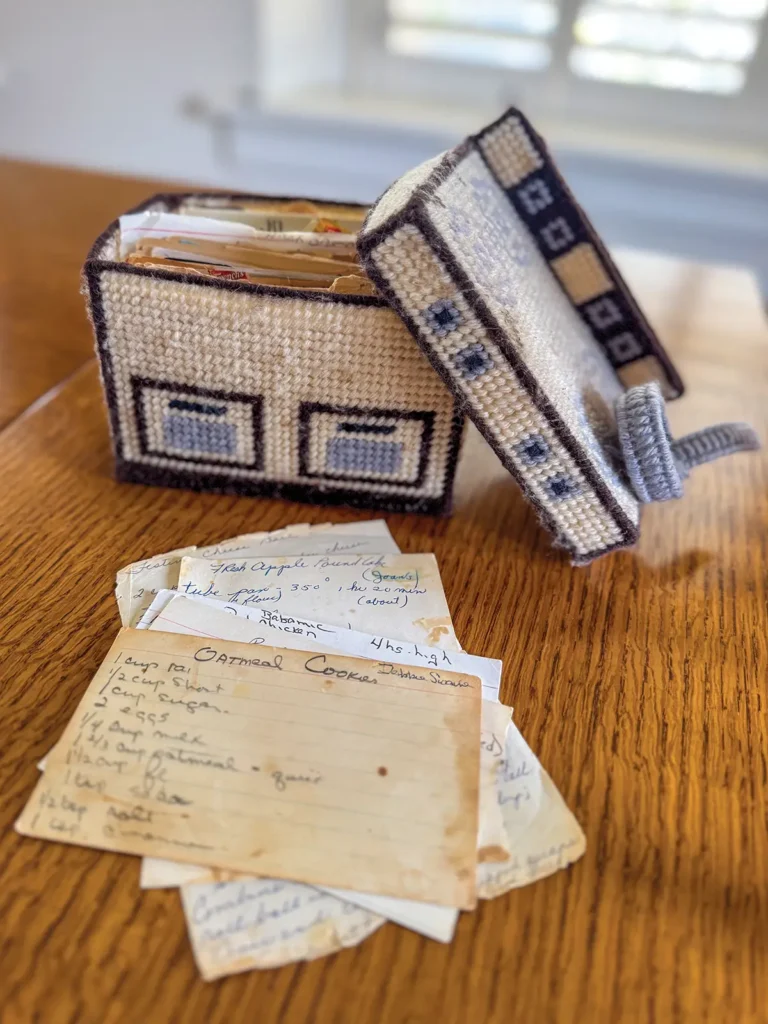
OK, sure, many of these Recipes from the Elders did actually come from the back of box mixes, and so many casseroles have the ever-present and super-salty cream of mushroom soup, but they are so deeply ingrained into our memories and conditioning that we cannot help but feel the twinge of nostalgia at the thought of them. Are they the best versions out there? Probably not. Are they your favorite? Probably yes and it’s your opinion that matters.
Nowadays, Rob and I still collect recipes, almost daily. But we do it on our little devices that are also our phones, cameras, weather stations, calendars and the entirety of human knowledge in one hand-held device. How amazing is that! If you are still staring at your own Treasure Chest of family recipes, longing to re-create some childhood favorites but daunted by the task of sorting through the index cards and falling down the rabbit hole of deciphering the cursive handwriting, maybe it’s time to let more modern tools do that work for you.
For recipe collecting, Rob and I have used an app called Paprika. It’s a one-time-fee app per device for PCs and iOS (either phones, desktops, laptops or tablets, whichever you use most) and it zaps any recipe online and stores it. It organizes the ingredients and instructions into an easy-to-follow layout, it scales recipes, it makes them shareable.
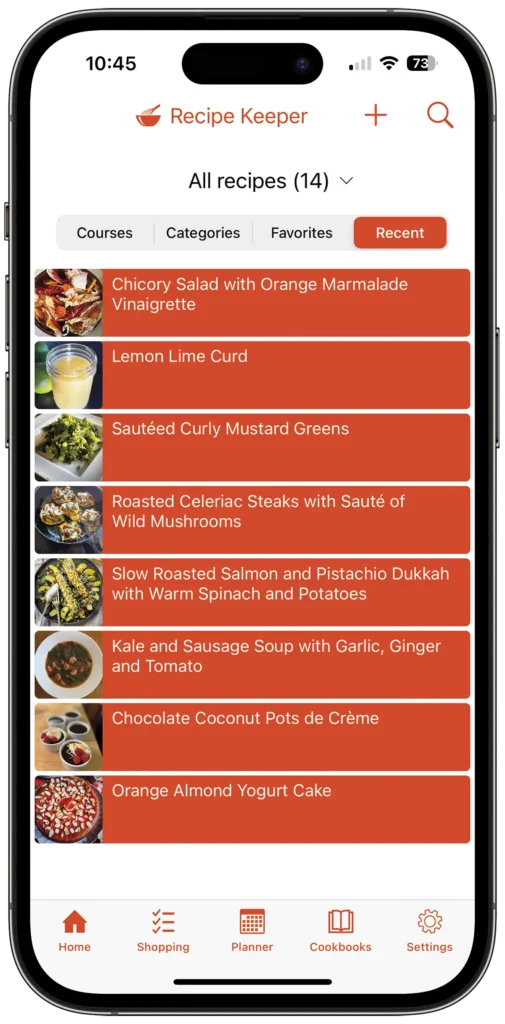
Another option with a free version that’s very popular is the Recipe Keeper app. It’s the simplest and fastest way to try out recipe management and see if it works for you. What I really like about this app is that you can take a photo of a printed recipe and it will transcribe it into a digital version … provided it too can parse the cursive. But I’ll drop another tip in here: If that written recipe of your grandparents used any kind of branded grocery item, there’s a very good chance it was a “back of box” recipe and it’s already floating around on the internet. Try searching for that recipe name, and then use the recipe app to save a copy of it for you. Those recipes were already short-cuts, or hacks according to the latest slang for a tip, and saving the recipe online instead of typing it out is its own shortcut. You’re welcome!
One more thing about recipes. How about those large collections of recipes, with lots of beautiful photos, often packaged in hardcover. You know, cookbooks? So many cookbooks are published these days and they’re all beautiful tomes worth keeping nearby. The word is getting around that recipes are a good way to communicate love, sharing, educating about cultures and traditions or simply great tips—er, I mean hacks—to improve your cooking skills. Modern cookbooks are the grandest recipe love letters of them all. However, they sure are big and there sure are a lot of them out there.
When Rob and I blended together into one small cottage, we found so much of our lives and possessions overlapped that we were faced with many duplicates, even triplicates of household items and books. The cookbooks alone were a force to be reckoned with, plus we keep buying each other more cookbooks as gifts. When the pandemic hit and we retreated into our family pod, we moved from being recipe-driven for meals to being ingredient-driven, working with what we had. The books, however, were silos and isolated from organization. For this, we invested in an online subscription, called Eat Your Books. You can think of it as a search engine for all of your cookbook, magazine, and blog recipes. Any cookbook or food magazine can be added to your online library making all of their recipes searchable with the click of a button. So if you find yourself with an abundance of kale, type “kale” into your Eat Your Books collection and it’ll return a list of recipes that match your search criteria along with the name of the book/magazine and page number where the recipe can be found. It’s important to note that Eat Your Books points you to the recipes’ location, but it doesn’t display the full recipes themselves. Yes, I know that when you get a new cookbook, there is the excitement of the novelty and obsession to make every recipe in it, but what about a few years later, and dozens of cookbooks later? That’s when you need a good tool to keep your options top of mind and easy to access.
It’s not a free resource, but for how much you’ve invested in cookbooks, this moves your books from a neglected shelf back into your hands. Now, when the CSA box drops, or the latest produce at the farmers market beckons, there’s a way to access all your cookbooks again. At any age, this is a gift.
After the holidays have wrapped up, and while the thoughts of giving and community are still fresh, please write a recipe for your friends, ask for recipes and share them far and wide. These little love notes bring people together and show we care.
